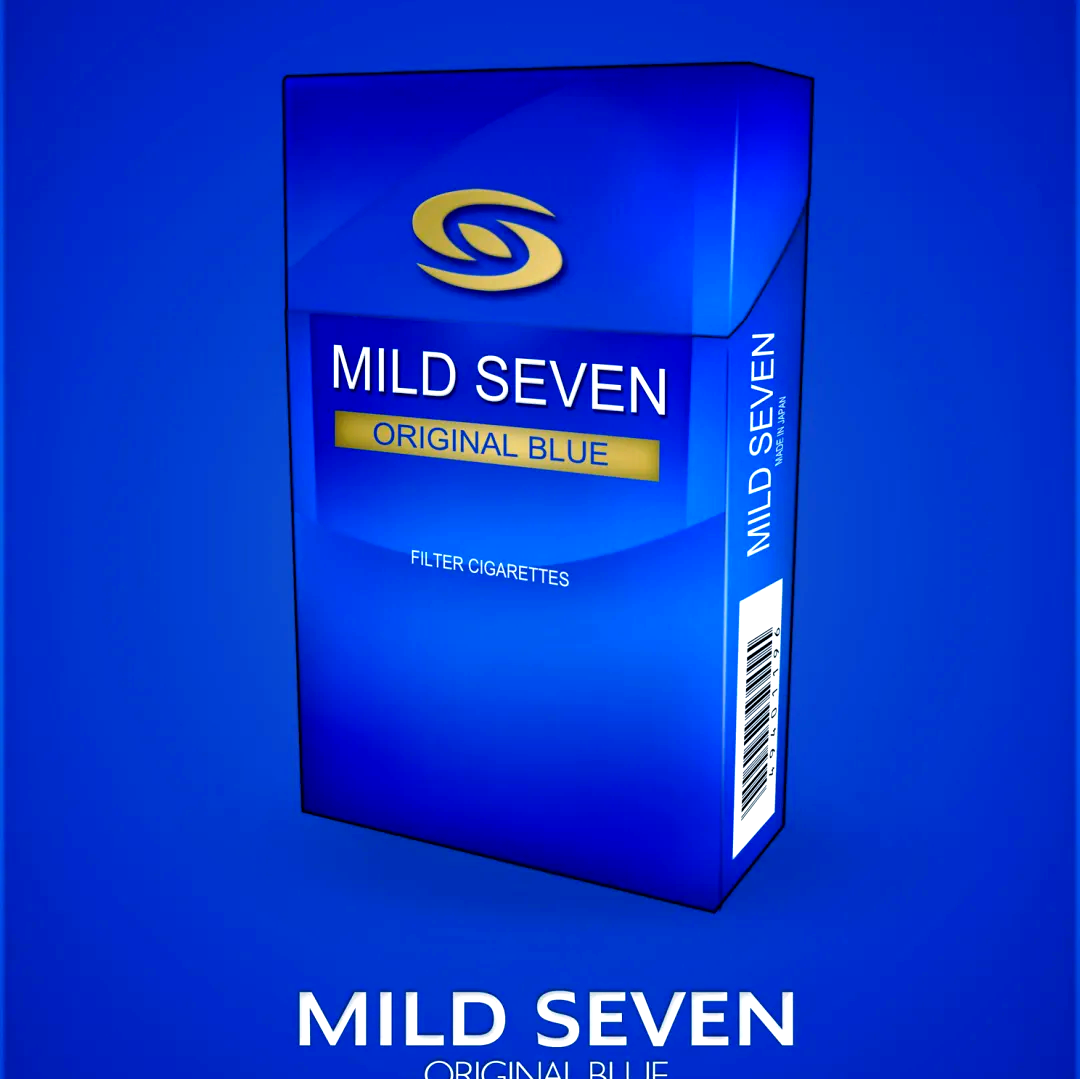The world often discusses the significant health risks of tobacco use, such as lung cancer and heart disease. Yet, its impact on our largest organ—the skin—frequently remains in the shadows. One of the most visually telling, yet under-discussed, consequences is its effect on skin telangiectasia. These are those small, dilated blood vessels that create red or purple thread-like patterns, often called "spider veins," typically on the face, around the nose, and on the cheeks. While genetics and sun exposure are common culprits, the role of tobacco is profound and multifaceted, acting as a potent accelerator that makes these once-minor concerns far more visible.
To understand how tobacco exerts its influence, we must first look at what telangiectasia is. These are not varicose veins; they are tiny capillaries, arterioles, and venules that have become permanently widened. Think of them as delicate, miniature hoses that have lost their elasticity and are now stretched out, visible just under the surface of the skin. Their formation is a complex process, and tobacco smoke introduces a cocktail of over 7,000 chemicals that disrupt nearly every step of healthy skin function, directly contributing to their development and prominence.
The primary assault begins with the profound damage tobacco inflicts on blood vessels and circulation. Nicotine, the well-known addictive component, is a vasoconstrictor. This means it causes the smaller blood vessels throughout your body, including those in your skin, to tighten and narrow. This reduces the flow of oxygen and vital nutrients to skin cells. But the body, in its wisdom, tries to compensate. In response to this constant "squeezing," the body may attempt to open up new pathways or cause existing vessels to dilate erratically to maintain blood flow. This push-and-pull effect—constriction followed by chaotic dilation—places immense stress on the capillary walls. Over time, these delicate walls weaken, lose their structural integrity, and become permanently stretched, forming the visible networks of telangiectasia.
Simultaneously, the heat from smoking itself plays a direct physical role. The repeated exposure of the facial skin to the high temperatures of smoke can cause direct thermal injury to the superficial blood vessels. This is especially noticeable around the mouth and nose, areas directly in the path of the smoke stream. This chronic, low-grade thermal trauma further weakens the capillary walls, making them more susceptible to breaking and becoming permanently dilated.
Beyond the mechanical stress on blood vessels, tobacco smoke triggers a state of chronic inflammation and massive oxidative stress within the body. The thousands of chemicals in smoke are potent pro-inflammatory agents. They signal the body to release a flood of inflammatory markers that break down the skin's fundamental support structures. Crucially, this inflammation damages collagen and elastin—the protein fibers that act as the skin's scaffolding and provide its bounce-back ability. When this supportive matrix is degraded, the skin becomes thinner and less supportive. The underlying blood vessels, now lacking a sturdy foundation, are more prone to dilating and become far more visible through the weakened skin barrier.
Oxidative stress is another key battleground. Tobacco smoke is packed with free radicals—highly unstable molecules that damage cells in their quest to stabilize. These free radicals attack the cells that line the blood vessels, worsening the inflammation and further contributing to the degradation of collagen. This creates a vicious cycle: inflammation and oxidative stress break down support structures, which makes vessels more vulnerable to the damaging effects of vasoconstriction and thermal injury. It's a multi-pronged attack that leaves the skin defenseless.
The aging process accelerated by tobacco, often called "smoker's face," is intrinsically linked to the visibility of telangiectasia. Characteristic features include pronounced wrinkling, a leathery texture, and a grayish pallor. This pallor is often a result of the very vasoconstriction that contributes to telangiectasia. The dull, oxygen-deprived skin creates a stark, pale canvas against which the red and purple spider veins stand out with much greater contrast and visibility. Furthermore, the overall thinning of the skin with age, hastened by smoking, means there is simply less tissue to hide these damaged vessels.
Many individuals seeking solutions for their skin may already be considering treatments like laser therapy or intense pulsed light (IPL). These are effective methods for targeting and eliminating existing telangiectasia. However, continuing to smoke while undergoing these treatments can severely undermine their success and longevity. The persistent vasoconstriction reduces blood flow to the area, which can impair the skin's natural healing process after a procedure. More critically, the ongoing damage from tobacco means that even after existing vessels are treated, new telangiectasia are likely to form at an accelerated rate. The root cause of the damage is still actively at work, making any cosmetic improvement a temporary fix rather than a long-term solution.

For those noticing the early signs of these spider veins, such as faint red lines or a general redness on the cheeks, understanding this connection is the first step toward proactive skincare. The single most effective action to prevent the worsening of telangiectasia is to stop using tobacco products. This cessation allows blood flow to normalize, reducing the constant pressure on the capillaries. It also halts the relentless influx of inflammatory chemicals and free radicals, giving the skin's natural repair mechanisms a chance to catch up. While existing permanent telangiectasia will not reverse on their own, preventing new ones from forming is a significant victory.
Supporting the skin with a targeted skincare regimen can also help manage the condition. Gentle is the keyword. Harsh scrubs or abrasive cleansers can further irritate the fragile capillaries. Opt for lukewarm water instead of hot, and pat the skin dry rather than rubbing. Incorporating skincare products rich in antioxidants like Vitamin C, Niacinamide (Vitamin B3), and Centella Asiatica can help combat the oxidative stress that smoking has initiated. These ingredients can help strengthen the skin barrier and provide some protection against further environmental damage. Sun protection is non-negotiable. A broad-spectrum sunscreen with an SPF of 30 or higher is essential every single day, as UV radiation is a primary independent factor in weakening blood vessels and thinning the skin.
For individuals who are not ready to quit but are concerned about their skin, harm reduction strategies can be considered, though it is crucial to acknowledge that abstinence is the only way to fully stop the damage. Smoking outdoors can slightly reduce the concentrated thermal exposure to the face. Staying exceptionally well-hydrated can help support overall skin health, though it cannot counteract the vascular damage. Ultimately, consulting a dermatologist can provide personalized advice and treatment options tailored to the individual's skin and the severity of the telangiectasia.
The visibility of skin telangiectasia is more than a cosmetic concern; it is an external marker of internal vascular and inflammatory damage. Tobacco smoke acts as a powerful catalyst, weakening vessel walls, degrading the skin's support system, and creating a perfect environment for these spider veins to thrive and become prominently displayed. Addressing this issue effectively requires a holistic approach that goes beyond topical creams or laser sessions. It involves confronting the source of the damage, making lifestyle choices that support vascular and skin health, and understanding that the clarity and health of our skin are deeply reflective of the choices we make for our entire body.














